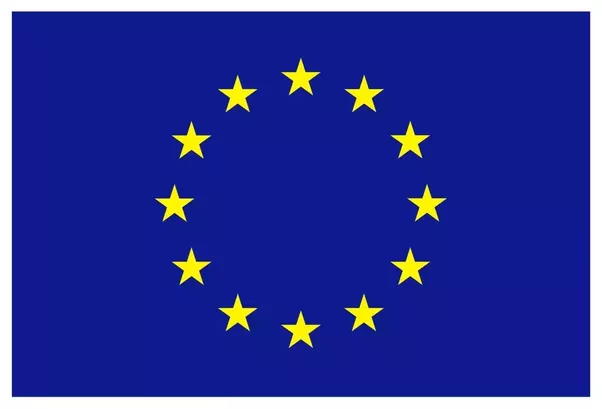
The Kick-off Meeting that marked the beginning of GEO4CIVHIC was held in Padua, at the Department of Geosciences, on 12th and 13th April: “Most Easy, Efficient and Low Cost Geothermal Systems for Retrofitting Civil and Historical buildings” coordinated by ISAC (coordinator Dr. Adriana Bernardi) within the call: LCE 17-2017: Easier to install and more efficient geothermal systems for retrofitting buildings (IA).
The aim of the project is to develop innovative solutions in the field of geothermal, which is addressed in particular to the retrofit of historic buildings.
The project involves 19 partners including UNESCO, both academic and industry experts from different parts of Europe (Italy, Germany, Spain, Ireland, Romania, Greece, Belgium, Switzerland, Malta), with the final goal of promoting, teaching and disseminating these new technologies.
Nowadays, geothermal solutions, in general represented mainly by vertical heat exchangers for the energy requalification of buildings, are not particularly competitive, especially when they meet land where the perforation is complicated, as is often the case of application to historic buildings. The challenge of this project is to find solutions that can be applied to these particular buildings for their energy requalification, but at the same time can be considered competitive in terms of cost and efficiency.
Over the 4 years of the project, we will proceed with the development of innovative drilling machines that allow access to narrow places, where historical buildings are usually found, to develop more efficient ground heat exchangers, to create new heat pumps also for high temperature terminals, usually installed in historic buildings, also using ecological fluids for greater environmental sustainability.
These new technologies will have different characteristics, including being compact, easy to install and cheaper than current solutions on the market. Technological innovations will be tested in 4 real buildings, of which 3 are historical, as well as modeled in 12 other buildings in different regions of Europe with different climatic conditions.
This effort will reduce CO2 emissions in the environment around us, supporting current policies to mitigate the effects of climate change.
This project has received funding from the European Union’s Horizon 2020 research and innovation programme under grant agreement No 792355.
